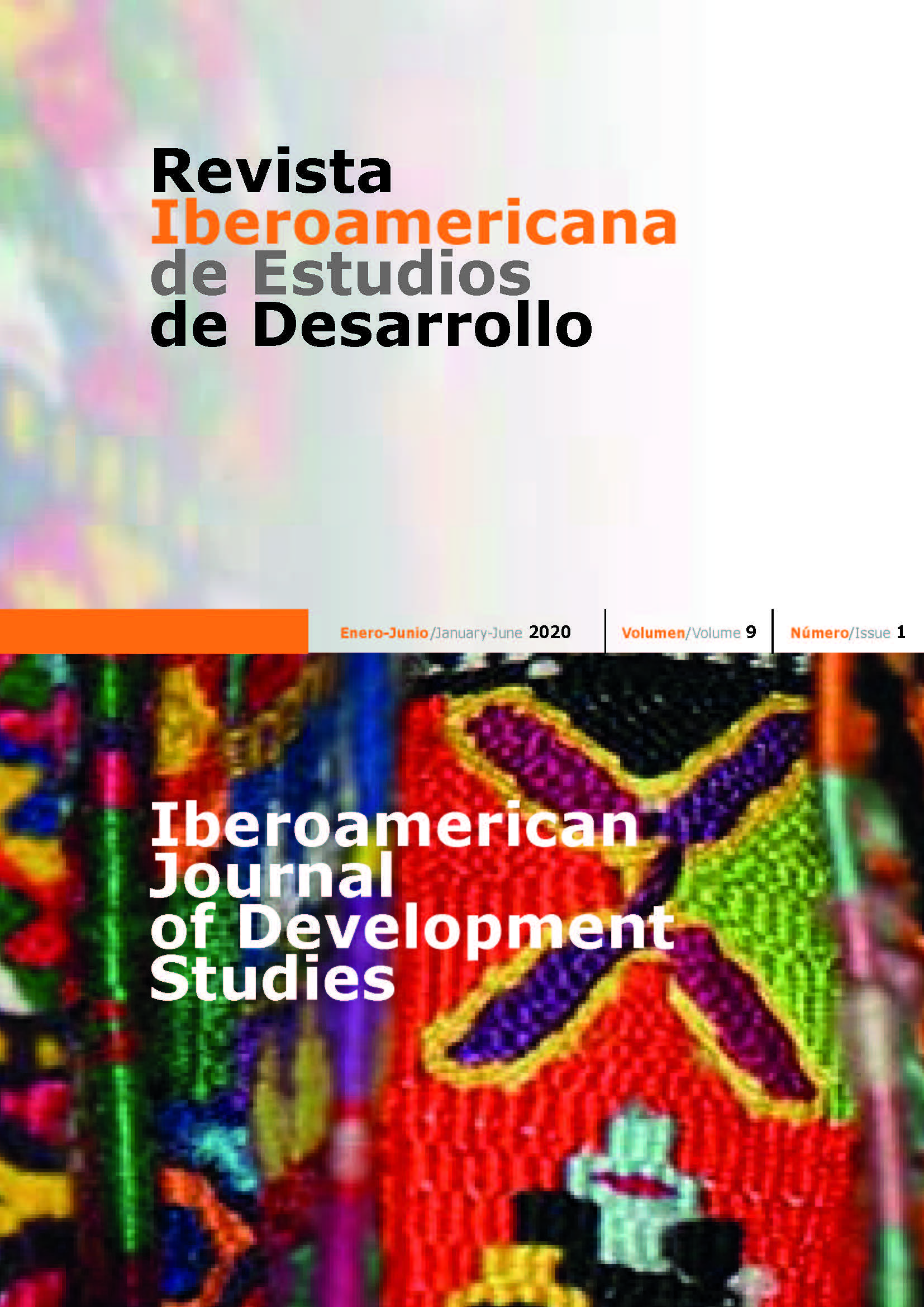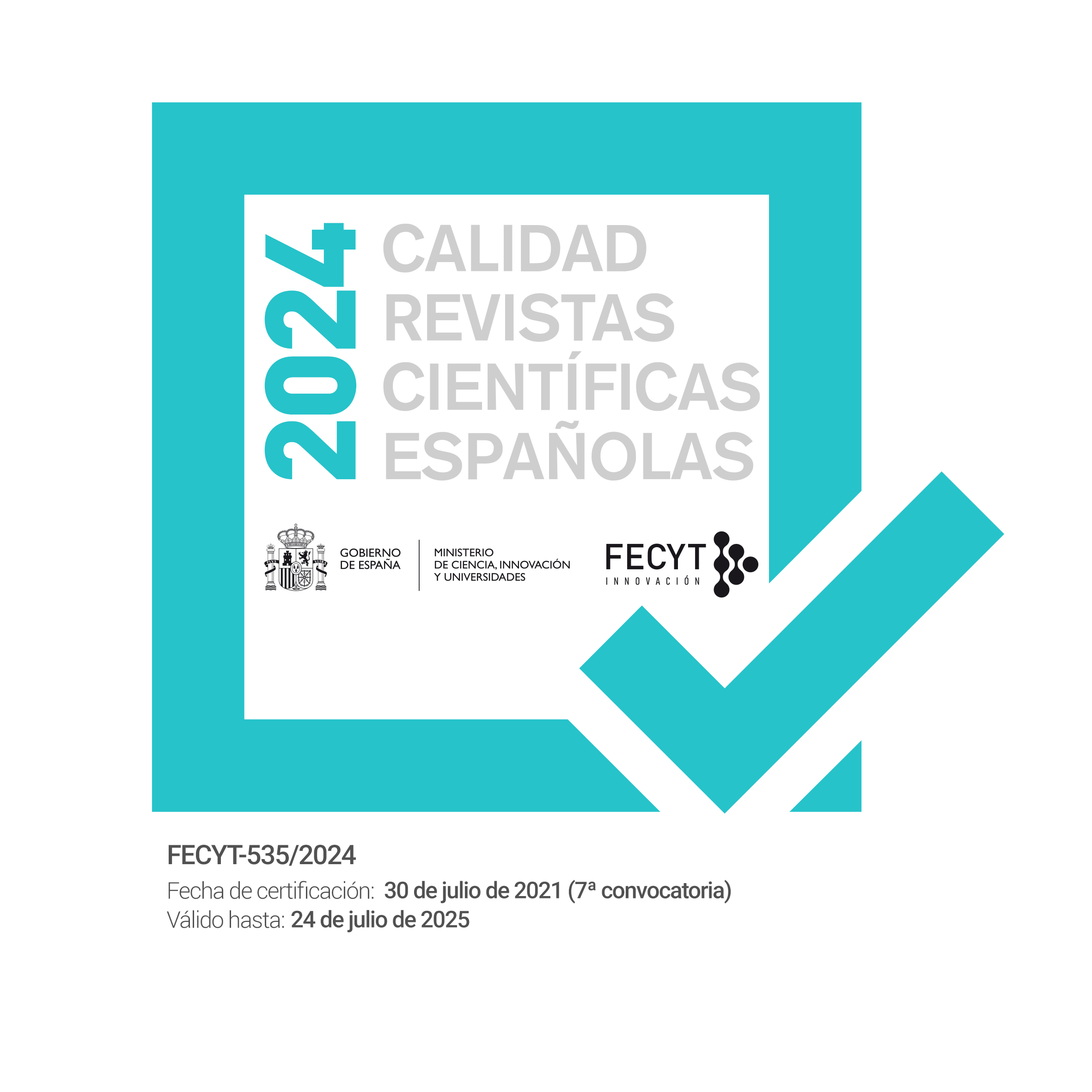La sociedad civil y la Agenda 2030. Una evaluación de la implementación de las acciones de los ODS en el Distrito Metropolitano de Quito
DOI:
https://doi.org/10.26754/ojs_ried/ijds.431Palabras clave:
ODS, implementación de políticas, efectividad de políticas, sociedad civil, QuitoResumen
La coordinación entre múltiples centros para la toma de decisiones y los tipos de actores, en todas las escalas y sectores, resulta fundamental para mejorar la efectividad de la implementación de la Agenda 2030 y los objetivos de desarrollo sostenible (ODS). Tal desafío es especialmente crucial para los acuerdos metropolitanos en los países en desarrollo donde la capacidad del Estado se muestra débil y las personas, a menudo, carecen de recursos para actuar sobre los problemas a los que deben enfrentarse. En el Distrito Metropolitano de Quito, varios centros de toma de decisiones implementan acciones para abordar problemas públicos relativos a políticas a través de la coordinación con organizaciones del tercer sector. En principio, la coordinación debería conducir a una mejor implementación de políticas; sin embargo, sabemos muy poco acerca de cómo se comporta el sistema y de sus resultados. En este artículo, analizamos tres cuestiones: primero, observamos la distribución de las acciones de los ODS implementadas por los actores del sistema; segundo, estudiamos la participación de diferentes tipos de organizaciones de la sociedad civil en el desarrollo de dichas acciones; finalmente, exploramos la asociación de la participación de la sociedad civil y la efectividad de la implementación de políticas.
Descargas
Referencias
ANDERSSON KP, OSTROM E (2008). Analyzing decentralized resource regimes from a polycentric perspective. Policy Sciences 41(1):71-93. http://doi.org/10.1007/s11077-007-9055-6, accessed February 28, 2019.
BERARDO R, LUBELL M (2016). Understanding What Shapes a Polycentric Governance System. Public Administration Review 76(5):738-751. http://doi.org/10.1111/puar.12532 , accessed February 28, 2019.
BOGASON P, TOONEN TAJ (1998). Introduction: networks in public administration. Public Administration 76:205-227.
BRASS JN (2012). Why Do NGOs Go Where They Go? Evidence from Kenya. World Development 40(2):387-401. http://doi.org/10.1016/j.worlddev.2011.07.017 , accessed February 28, 2019.
BRINKERHOFF DW (1999). State-civil society networks for policy implementation in developing countries. Policy Studies Review 16(1):123-147.
CÓRDOVA M (2010). Quito: Gobernanza Metropolitana e Innovación territorial en el nuevo milenio, April 13th.
DUPUY K, RON J, PRAKASH A (2016). Hands Off My Regime! Government’s Restrictions on Foreign Aid to Non-Governmental Organizations in Poor and Middle-Income Countries. World Development 84(C):299-311. http://doi.org/10.1016/j.worlddev.2016.02.001 , accessed February 28, 2019.
FRUTTERO A, GAURI V (2005). The Strategic Choices of NGOs: Location Decisions in Rural Bangladesh. Journal of Development Studies 41(5):759-787. http://doi.org/10.1080/00220380500145289 , accessed February 28, 2019.
GALWAY LP, CORBETT KK, ZENG L (2012). Where are the NGOs and why? The distribution of health and development NGOs in Bolivia. Globalization and Health 8(1):38. http://doi.org/10.1186/1744-8603-8-38 , accessed February 28, 2019.
HEGE E, DEMAILLY D (2018). NGO mobilisation around the SDGs. Studies (01), 18 pp.
HEIKKILA T, VILLAMAYOR-TOMAS S, GARRICK D (2018). Bringing polycentric systems into focus for environmental governance. Environmental Policy and Governance 28(4):207-211. http://doi.org/10.1002/eet.1809 , accessed February 28, 2019.
HEMMET J (2004). Sector: Civil Society, International Aid, and NGOs in Russia. Anthropological Quarterly 77(2):215-241.
KOOIMAN J (ed.) (1994). Modern Governance. SAGE Publications, London, pp. 1-289.
LU J (2017). Does Population Heterogeneity Really Matter to Nonprofit Sector Size? Revisiting Weisbrod’s Demand Heterogeneity Hypothesis. VOLUNTAS: International Journal of Voluntary and Nonprofit Organizations: 1-27. http://doi.org/10.1007/s11266-017-9915-4, accessed February 28, 2019.
LU J, XU C (2018). Complementary or Supplementary? The Relationship Between Government Size and Nonprofit Sector Size. VOLUNTAS: International Journal of Voluntary and Nonprofit Organizations: 1-16. http://doi.org/10.1007/s11266-018-9981-2 , accessed February 28, 2019.
O’TOOLE, LJ (2000). Research on Policy Implementation: Assessment and Prospects. Journal of Public Administration Research and Theory 10(2):263-288.
SACHS JD (2012). From Millennium Development Goals to Sustainable Development Goals. The Lancet 379(9832):2206-2211. http://doi.org/10.1016/S0140-6736(12)60685-0, accessed February 28, 2019.
SALAMON LM (1987). Of market failure, voluntary failure, and third-party government: Toward a theory of government-nonprofit relations in the modern welfare state. Journal of voluntary action research 16(1-2):29-49.
SALAMON LM (1994). The Rise of the Nonprofit Sector. Foreign Affairs 73(4):109-122. http://doi.org/10.2307/20046747, accessed February 28, 2019.
SALAMON LM, ANHEIER HK (1992). In search of the non-profit sector. I: The question of definitions. VOLUNTAS: International Journal of Voluntary and Nonprofit Organizations, 3(2):125-151.
SUBIRATS J (2017). Dilemmas: Multilevel Government, Network Governance, and Policy Co-production. In: Gómez-Álvarez D, Rajack R, López-Moreno E, Lanfranchi G (eds.). Steering the Metropolis. Interamerican Development Bank, Washington, pp. 86-97.
TOONEN, TAJ (1998). Networks, management and institutions: public administration as «normal science». Public Administration 76:229–252.
VAN PUYVELDE S, BROWN WA (2015). Determinants of Nonprofit Sector Density: A Stakeholder Approach. VOLUNTAS: International Journal of Voluntary and Nonprofit Organizations: 1-19. http://doi.org/10.1007/s11266-015-9656-1, accessed February 28, 2019.
WEISBROD BA (1986). Toward a Theory of the Voluntary Nonprofit Sector in a Three-Sector Economy. In: Rose-Ackerman S (ed.). The Economics of Nonprofit Institutions. Oxford University Press, New York.
WHITE MJ (1986). Segregation and diversity measures in population distribution. Population Index: 198-221.
Descargas
Publicado
Número
Sección
Licencia
Derechos de autor 2023 Paul Cisneros, Pablo Cabrera-Barona, Víctor López

Esta obra está bajo una licencia internacional Creative Commons Atribución-NoComercial-SinDerivadas 4.0.






